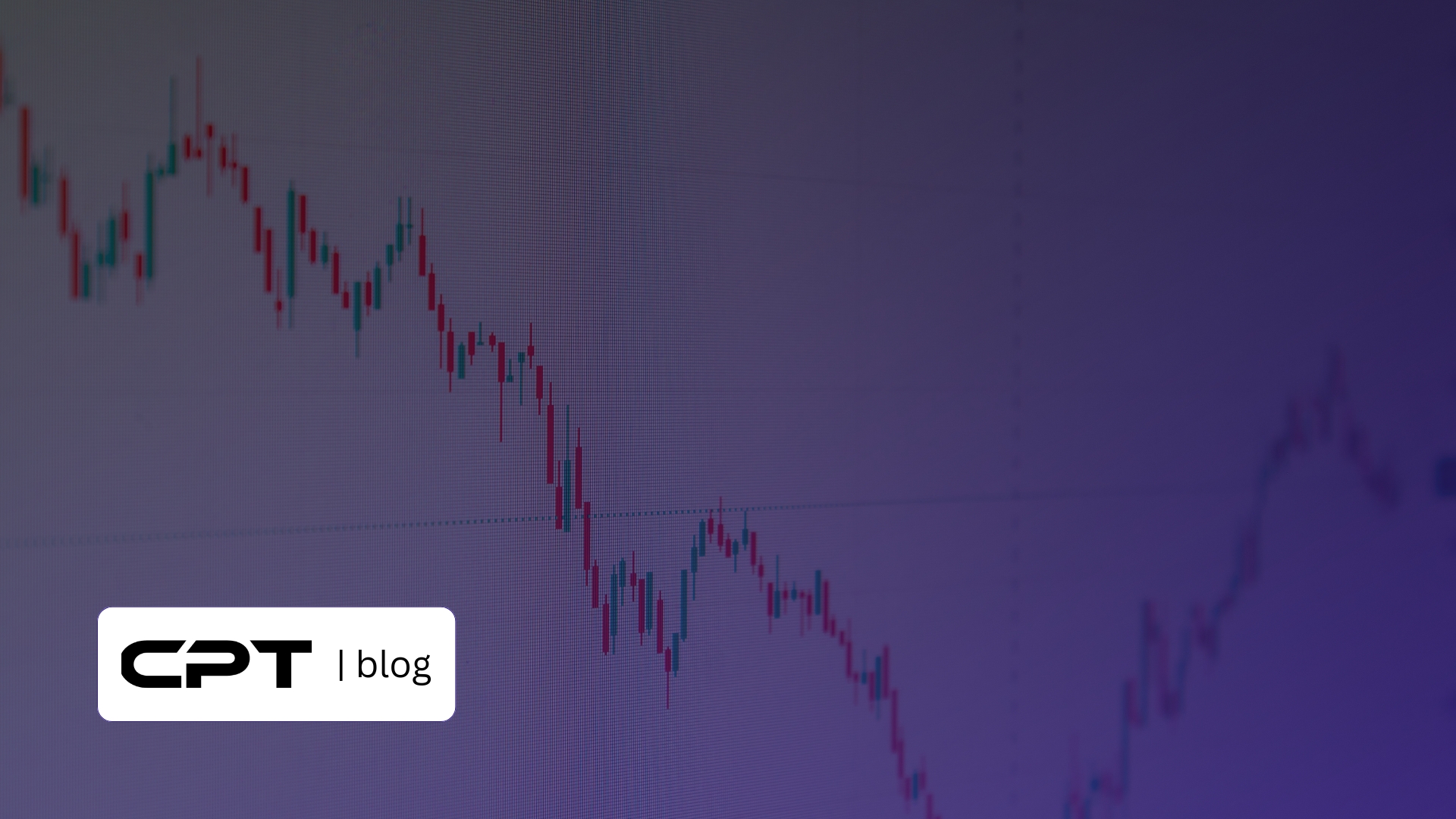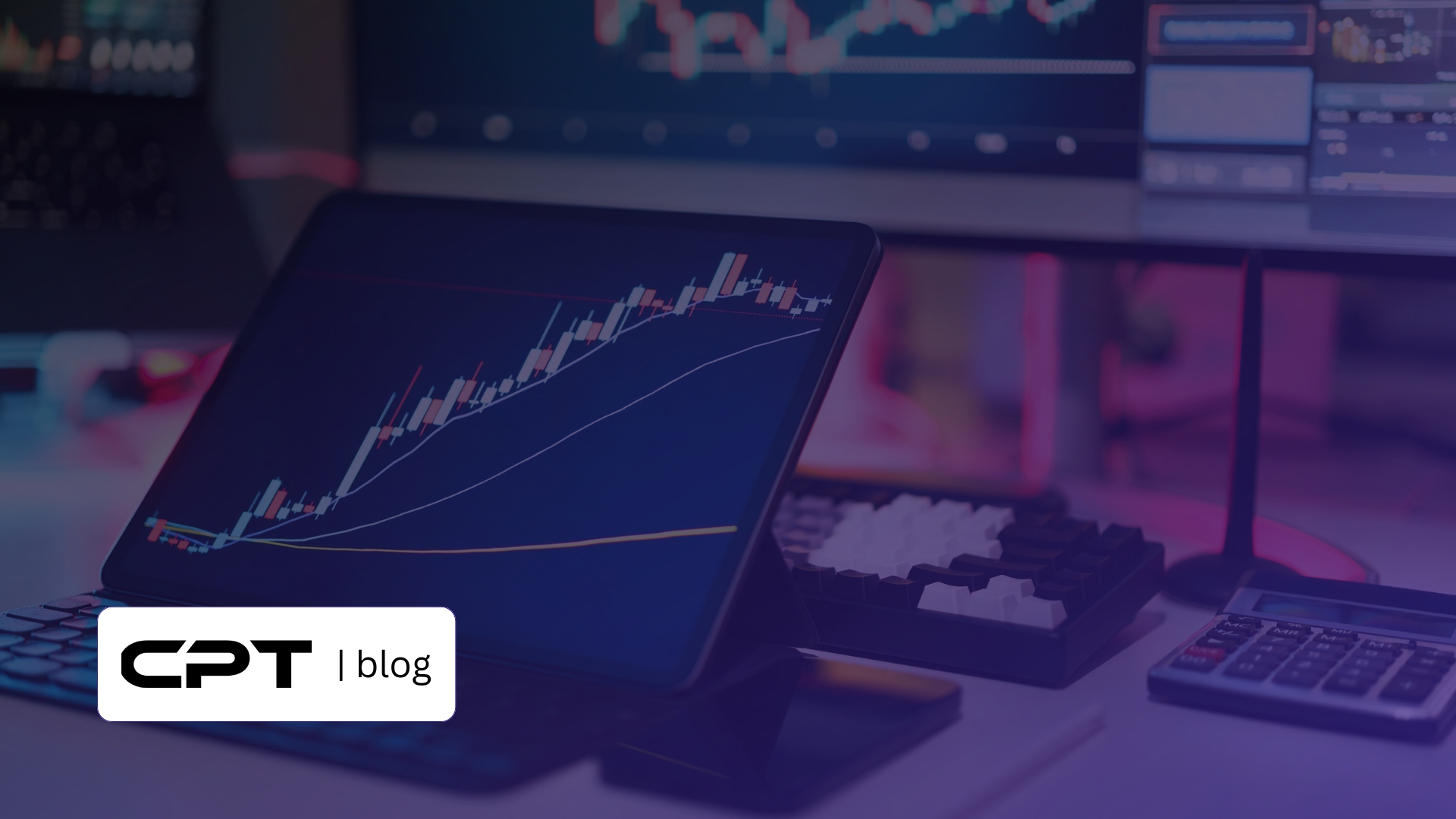
Crypto Algorithmic Trading: How to Make Profit
Speed. Discipline. Efficiency. That’s what cryptocurrency algorithmic trading delivers. In a market that never sleeps, algorithms don’t get tired, emotional, or distracted. They analyze data in real time, execute trades in milliseconds, and stick to the rules you set. No hesitation. No missed opportunities.
Unlike traditional markets, crypto runs 24/7. For human traders, keeping up is nearly impossible. But with the right algorithm, you can turn nonstop volatility into nonstop potential.
This guide will show you how. From the fundamentals of algorithmic trading to the tools, strategies, and risk management practices that actually work, you’ll learn how to utilize automation to trade smarter, faster, and more consistently.
What is Cryptocurrency Algorithmic Trading, Really?
Think of cryptocurrency algorithmic trading as your personal trading assistant working around the clock. Essentially, it’s a method where computer programs execute trades based on predefined instructions without human intervention. This approach eliminates emotional decision-making and human error that often plague manual trading.
Algorithmic trading (also called algo trading, black-box trading, or API trading) uses algorithmic codes that follow defined sets of instructions to place trades. These instructions analyze vast amounts of market data in real-time, making split-second decisions that would be impossible for human traders.
A study from 2019 revealed that over 80% of trading in the equities and forex markets was performed by trading algorithms rather than humans. This trend has rapidly expanded into the crypto space due to its around-the-clock operation and volatility.
These systems continuously monitor multiple data streams simultaneously, tracking everything from basic price movements to complex order flow patterns. Moreover, advanced algorithms can incorporate additional information like on-chain analytics, social media sentiment, and even breaking news events.
The algorithmic approach works through a fundamental loop:
- Data Input: Constantly absorbing real-time market information
- Algorithm Logic: Analyzing data using predetermined rules
- Execution Engine: Automatically placing orders via exchange APIs
This entire process happens without manual intervention, often within milliseconds.
Beyond speed, algo trading offers several other advantages. It makes markets more liquid and trading more systematic by removing human emotions from the equation. Algorithmic trading also ensures orders are executed at the best possible prices, reducing the risk of slippage.
Notably, these systems can implement various strategies, including trend following, arbitrage, market making, and mean reversion. For instance, a simple algorithm might trigger a buy order when a 10-day moving average crosses above a 30-day moving average.
Although powerful, algorithmic trading isn’t without risks. System downtime, network outages, and programming errors can all impact performance. With these points in mind, let’s take a closer look at how it works and why so many traders are drawn to it.
How Algorithmic Trading Works in Crypto: The Core Components
Beneath the surface of every successful crypto trading algorithm lies four essential components that work in harmony to execute trades with precision and speed. Understanding these core elements helps demystify how these automated systems transform trading strategies into profitable actions.
1. The Strategy Logic: Rules that drive decisions
The strategy logic is at the heart of algorithmic trading, a set of predefined rules that determines when and how trades are executed. These instructions range from simple conditional statements to complex mathematical models.
The strategy logic works through “if-this-then-that” conditions. For instance, an algorithm might be programmed to buy Bitcoin when its 50-day moving average crosses above the 200-day moving average and sell when the opposite occurs. More sophisticated systems incorporate machine learning to refine strategies based on new data, allowing them to adapt to shifting market conditions.
2. The Data: Price, volume, and indicators
Data serves as the fuel that powers algorithmic decision-making. The most crucial information for any algo trading model includes:
Price data provides real-time information about market values, helping algorithms evaluate performance and identify profitable opportunities. Besides price, algorithms analyze trading volume, historical trends, and order book data showing outstanding buy and sell orders.
Technical indicators calculated from price data, such as moving averages, RSI, Bollinger Bands, and MACD, help gauge market sentiment and momentum. Advanced systems even incorporate fundamental data (market capitalization, transaction volume), social media sentiment, and news events to predict market movements.
3. The Bot: Connecting to exchanges via API
The trading bot is the execution engine that brings the strategy to life. These software applications connect directly to cryptocurrency exchanges through Application Programming Interfaces (APIs). APIs allow different software systems to communicate securely, enabling the bot to request information and execute trades.
Example: Binance API
API connections offer significant advantages: they’re faster than web interfaces because they talk directly to the exchange server, allowing trade commands to be processed in milliseconds. This efficiency enables complex trading strategies that would be impossible to execute manually.
4. The Exchange: Where trades are executed
The exchange is where all trading activity culminates. At the heart of every crypto exchange is the matching engine: an algorithm that pairs buy and sell orders based on price, time, and order type. This system ensures trades execute fairly even during volatile market conditions.
Exchanges use algorithms to calculate fees, manage risk in margin trading, detect fraud, and pair coins for trading. The exchange’s liquidity and low latency (minimal delay in processing orders) are critical factors for successful algorithmic trading, especially for high-frequency strategies.
Getting Started with Crypto Algo Trading: A 5-Step Framework
Entering the world of crypto algorithmic trading requires a structured approach. To transform theoretical knowledge into profitable action, follow this practical five-step framework:
Step 1: Choose a platform or build your own bot
Initially, decide between using an established platform or building your own solution. For beginners, platforms like TradingView, MetaTrader, and Coinigy offer user-friendly interfaces with pre-built tools. When selecting a platform, evaluate its ease of use, supported exchanges, available strategies, pricing, backtesting capabilities, and security features.
For those with coding skills, creating a custom bot using Python, JavaScript, or C++ provides maximum flexibility and control. This route requires more profound technical knowledge but eliminates subscription fees and allows for fully customized strategies.
Step 2: Develop a trading strategy
Next, define clear trading rules that will drive your algorithm’s decisions. Your strategy should outline specific conditions for entering and exiting positions based on your goals; whether that’s consistent small gains or capitalizing on major trends.
Start with proven approaches like momentum trading, mean reversion, or arbitrage before developing more complex systems. Each strategy should be built on a foundation of historical data, statistical models, and thorough market analysis.
Step 3: Backtest your strategy with historical data
Backtesting is non-negotiable as it simulates how your strategy would have performed using past market data. This crucial step helps identify strengths, weaknesses, and potential optimization opportunities before risking real capital.
You can backtest manually using charts and spreadsheets, programmatically with code (often using Python), or through automated tools built into trading platforms. Throughout this process, ensure you’re using high-quality data that accurately reflects market conditions.
Step 4: Paper trade to simulate real conditions
After successful backtesting, move to paper trading–a mock trading environment that uses real-time market data without actual money. This bridge between theory and practice helps identify unexpected execution issues during backtesting, such as slippage or API limitations.
Many platforms offer dedicated paper trading environments where you can practice implementing your strategy under current market conditions. This step builds confidence and provides valuable experience before committing real funds.
Step 5: Deploy with real capital, start small
Finally, when deploying your algorithm with real money, begin with a modest amount you can afford to lose. Implement robust risk management by defining stop-losses, take-profit levels, and position sizing rules.
Continuously monitor your algorithm’s performance, making adjustments as needed based on real-world results. As you gain confidence and consistently succeed, gradually increase your capital commitment.
5 Profitable Algorithmic Trading Strategies (With Examples)
Successful algorithmic crypto trading hinges on selecting strategies that match your risk tolerance, technical skills, and market conditions. When properly implemented, let’s examine five proven approaches that can generate consistent profits.
1. Trend Following (e.g., Moving Average Crossover)
This strategy focuses on identifying and trading in the direction of sustained market momentum to capture long-term price movements.

Pros:
- Captures large gains during strong market trends
- Relatively simple to implement with indicators like MA crossovers
- Works well in highly volatile, directional markets
Cons:
- Generates false signals in sideways or choppy markets
- Requires strict stop-losses to manage drawdowns
- Performance depends on market momentum, which is unpredictable
Best for: Traders who prefer systematic, rule-based strategies and want to capitalize on extended bull or bear trends.
2. Mean Reversion (e.g., RSI, Bollinger Bands)
This approach seeks to profit from the tendency of asset prices to return to their historical averages after reaching overbought or oversold levels.
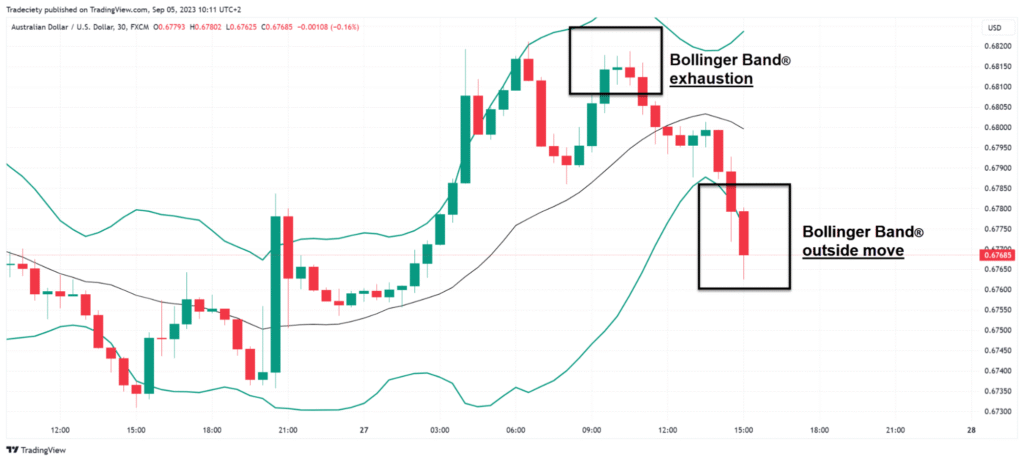
Pros:
- High win ratios with frequent small profits
- Effective in sideways or range-bound markets
- Easy to combine with other strategies for diversification
Cons:
- Vulnerable to heavy losses in strong trending markets
- Requires precise timing to avoid entering too early
- Relies on the assumption that past averages will remain relevant
Best for: Traders who focus on short-term corrections and prefer steady, smaller gains over big swings.
3. Arbitrage (e.g., cross-exchange crypto arbitrage bot)
This method takes advantage of temporary price discrepancies across exchanges to generate relatively low-risk and short-term profits.
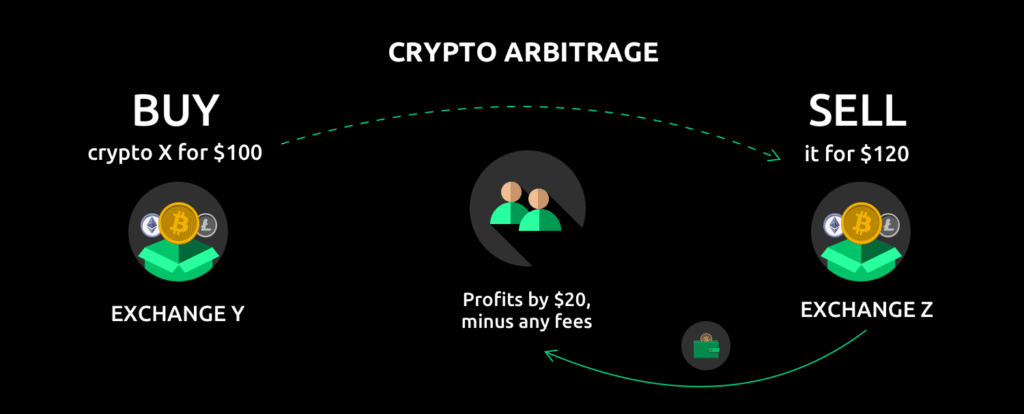
Pros:
- Low directional risk compared to trend strategies
- Opportunities arise frequently in fragmented crypto markets
- Can be automated with trading bots for speed and scale
Cons:
- Requires significant capital to offset fees and slippage
- Margins are small and vanish quickly
- Operational risks like transfer delays or liquidity shortages
Best for: Traders with access to multiple exchanges, strong technical setup, and a preference for low-risk, high-frequency strategies.
4. Market Making (e.g., capturing bid-ask spread)
This strategy provides liquidity to markets by continuously placing buy and sell orders and profiting from the bid-ask spread.
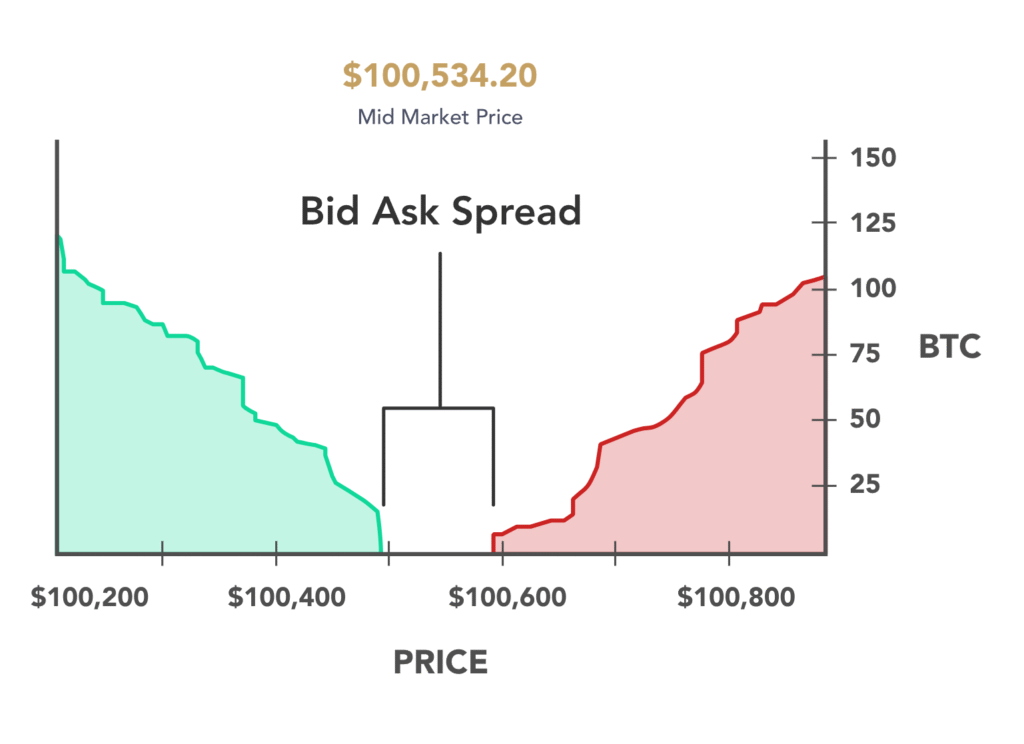
Pros:
- Generates consistent, incremental profits
- Enhances market liquidity and stability
- Works across different market conditions
Cons:
- Exposed to inventory risk if prices move against held positions
- Requires sophisticated systems to manage order flow and competition
- Profits per trade are small, demanding high volume
Best for: Traders with advanced infrastructure who prefer steady income streams and are comfortable managing risk through automation.
5. Sentiment-Based Trading (e.g., using news and social media)
This approach leverages news flow and investor sentiment to anticipate short-term market movements driven by crowd psychology.
Pros:
- Provides early signals before technical patterns emerge
- Captures the psychological drivers unique to crypto markets
- Can complement technical strategies for stronger confirmation
Cons:
- Difficult to quantify sentiment reliably
- Susceptible to misinformation, hype, and manipulation
- Requires complex natural language processing (NLP) tools or sentiment feeds
Best for: Traders who want to integrate market psychology into their systems and have access to reliable sentiment data.
The Unspoken Truth: Managing the Risks of Algo Trading
Despite the impressive benefits of crypto algorithmic trading, significant risks lurk beneath the surface. Successful traders acknowledge these hazards and implement robust safeguards to protect their capital.
Technical Risk: Bugs, downtime, and API issues
Even one errant algorithm can cause devastating losses in minutes. Knight Capital lost $440 million in just 45 minutes when a faulty algorithm made millions of erroneous trades. Technical glitches often emerge through exchange outages during peak trading periods, API rate limiting that prevents emergency order execution, and withdrawal freezes that trap capital during market crashes.
To minimize these risks, implement robust monitoring systems with automated kill switches that halt trading when anomalies appear. Additionally, thoroughly test all code changes in isolated environments before deploying them to live systems.
Paul Tudor Jones, legendary hedge fund manager, once emphasized the essence of risk management in trading, saying:
“The most important rule of trading is to play great defense, not great offense.
Overfitting Risk: When backtests lie
Overfitting occurs when your strategy memorizes historical data patterns too well, creating strategies that excel in backtests but fail miserably in live markets. Signs of overfitting include unrealistically high returns with minimal drawdowns, overly complex strategies with numerous parameters, and inconsistent results across similar assets.
Prevent this by dividing your historical data into separate training and testing sets, using walk-forward optimization, and keeping strategies simple. Always validate your approach with out-of-sample testing on data your model never saw during development.
Market Risk: Flash crashes and volatility
Crypto markets frequently experience flash crashes where prices can drop over 30% in minutes before recovering, as happened to Ethereum when it briefly plunged from $319 to just $0.10. During market-wide panic, diversification becomes ineffective as asset correlations converge precisely when you need protection most.
Additionally, algorithms follow exactly what they’re programmed to do and cannot account for unexpected “black swan” events that might require human intervention.
Implement universal circuit breakers that activate on extreme movements and incorporate correlation regime analysis that detects when asset relationships are changing.
Security Risk: Protecting your API keys
Algorithmic trading requires exchange API keys, making them prime targets for hackers. Several traders experienced API key leaks in 2022, giving attackers control over trading bots and access to funds. Many unverified bots lack proper encryption and require users to share sensitive information.
Protect yourself by using IP whitelisting for API access, disabling withdrawal permissions on trading keys, and storing credentials in secure, encrypted environments.
The Scaling Ladder: From Hobbyist to Funded Prop Trader
Even the most profitable algorithmic trading strategies face a major obstacle: limited capital. Your algorithm may achieve consistent 5% monthly returns, yet without substantial starting capital, those returns translate to modest actual income. A trader with $10,000 capital earning 5% monthly makes just $500, while the same strategy with $100,000 generates $5,000 monthly.
The Capital Problem: Why Most Traders Can’t Scale
The challenge becomes obvious when considering the mathematics of trading returns. Without sufficient capital, even stellar percentage gains yield underwhelming dollar amounts. Additionally, smaller accounts face disproportionate pressure from transaction fees, reducing net profitability. Many talented algorithmic traders hit this ceiling despite having proven strategies.
The Solution: What is a Crypto Prop Trading Firm?
Crypto proprietary trading firms provide traders with capital to trade cryptocurrencies in exchange for a share of the profits generated. After passing a structured evaluation process, often called a “trading challenge”, these firms fund successful traders ranging from $5,000 to $100,000 or more. Most firms offer profit splits between 80% and 95%, with some reaching 100% under specific conditions.
The process typically works in three stages:
- Sign up and pay the fees for trading challenges
- Pass the challenge by meeting profit targets while adhering to risk parameters
- Begin trading the firm’s capital while following continuing risk management guidelines
How Your Algorithmic Skills Give You an Edge
Algorithmic traders possess unique advantages for prop firm evaluations. Your automated systems excel at the precise risk management and consistent execution that prop firms demand. The ability to incorporate risk factors directly into algorithms ensures positions remain within predefined limits, exactly what prop firms require.
Furthermore, your algorithms’ backtested performance provides verifiable evidence of strategy effectiveness. Many prop firms now specifically seek algorithmic traders because they can analyze vast amounts of data and execute advanced trading strategies with unparalleled precision.
Finding the Right Firm for Your Strategy
Each prop firm offers unique evaluation criteria and trading conditions. When selecting a partner, consider:
- Reputation and history: Ensure the firm has positive trader feedback and a track record of reliable payouts
- Challenge process: Choose rules that align with your trading style
- Supported assets: Verify the firm allows trading on your preferred cryptocurrencies
- Payout structure: Compare profit splits (80-90% typical) and payout frequency (ranging from daily to bi-weekly)
Alongside your own research, CryptoPropTrader helps simplify the process by offering a clear and unbiased review of the top crypto prop firms. It gives you fact-checked breakdowns, clear pros and cons, and complete challenge insights–all in one place.
These concise breakdowns help you avoid questionable platforms and focus on those that suit your strategy and risk profile. CryptoPropTrader streamlines your due diligence so you can research more efficiently.
Conclusion
Cryptocurrency algorithmic trading represents a powerful approach for anyone looking to navigate the 24/7 crypto markets with precision and consistency. Throughout this guide, you’ve learned how these automated systems remove emotional decision-making while executing trades at speeds impossible for humans to match.
The journey from concept to profitable algorithm follows a clear path. First, choose between user-friendly platforms or custom-built solutions based on your technical skills. Next, develop and rigorously backtest your strategy before paper trading under real market conditions. Finally, deploy with small amounts of capital, gradually scaling as you prove your system’s effectiveness.
Successful algorithmic traders recognize that managing risk remains equally important as generating returns. Technical glitches, overfitting, flash crashes, and security breaches can quickly erase profits. Therefore, implementing robust safeguards like kill switches, out-of-sample testing, and API key protection becomes essential for long-term success.
Whether you start with simple strategies on user-friendly platforms or develop sophisticated custom algorithms, the automated approach can certainly ace your trading game.
Ready to find out if your strategy has what it takes? Explore our in-depth reviews of the best crypto prop firms and uncover the perfect partner to fuel your trading journey.


